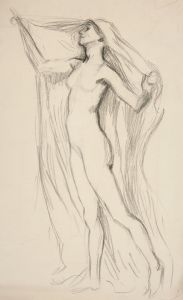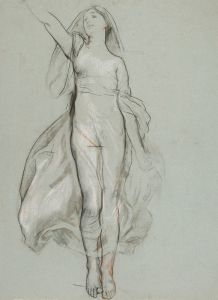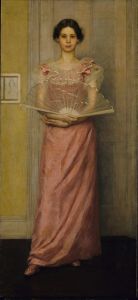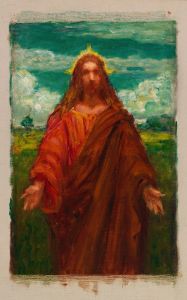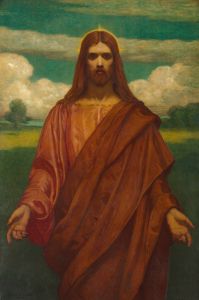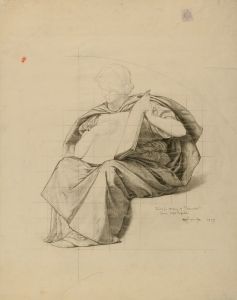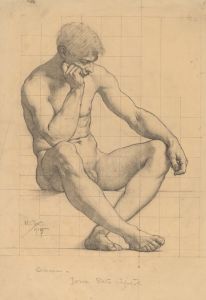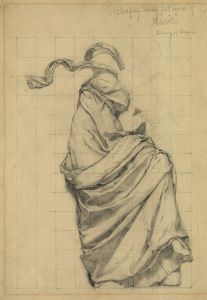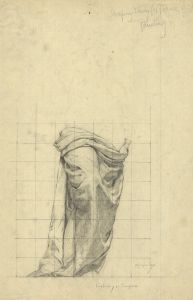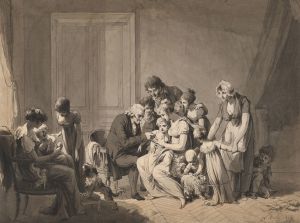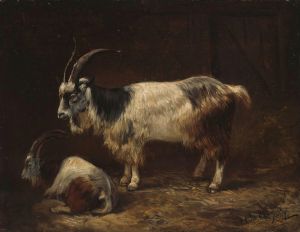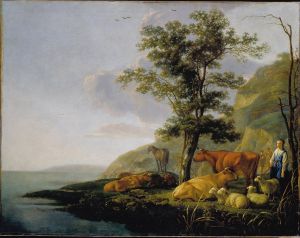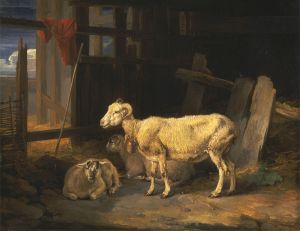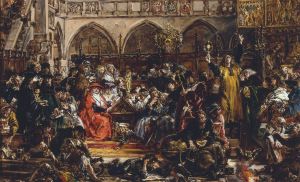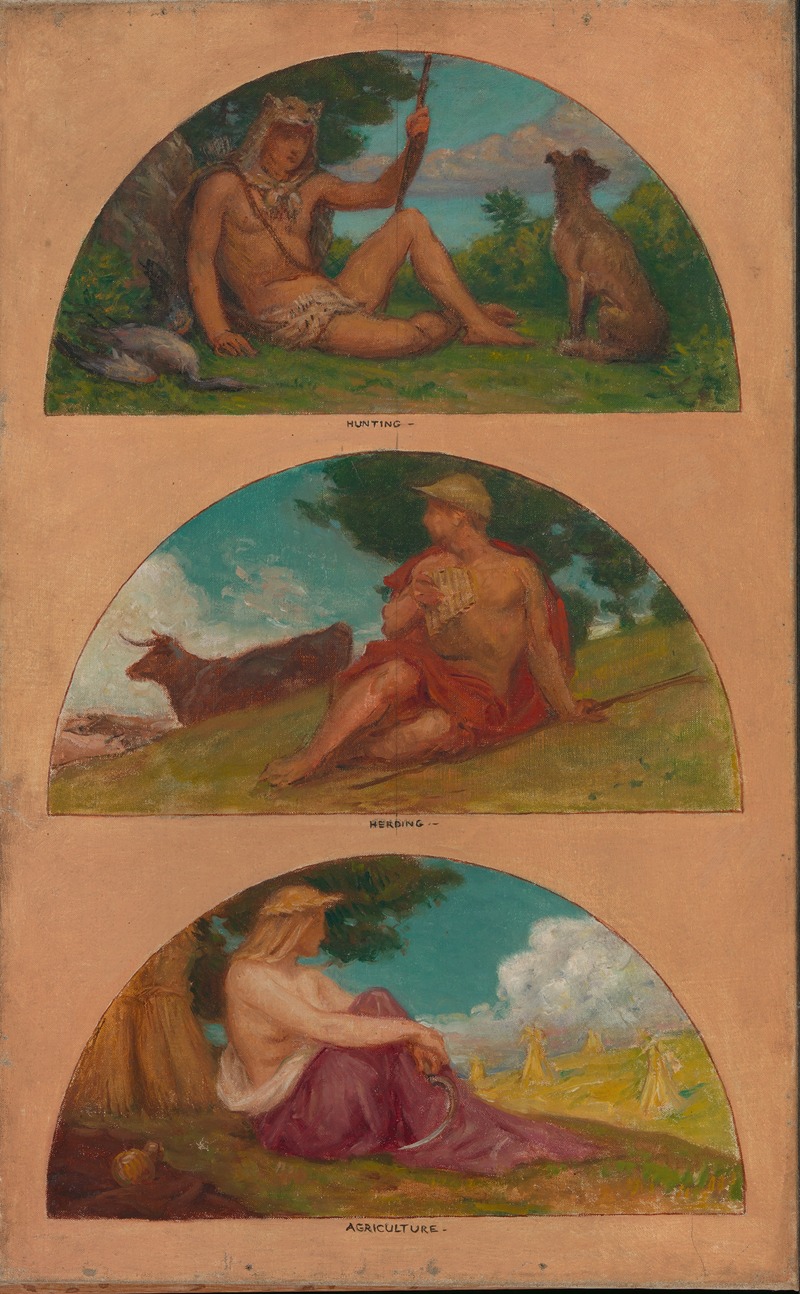
The Progress of Civilization; Hunting, Herding, Agriculture
A hand-painted replica of Kenyon Cox’s masterpiece The Progress of Civilization; Hunting, Herding, Agriculture, meticulously crafted by professional artists to capture the true essence of the original. Each piece is created with museum-quality canvas and rare mineral pigments, carefully painted by experienced artists with delicate brushstrokes and rich, layered colors to perfectly recreate the texture of the original artwork. Unlike machine-printed reproductions, this hand-painted version brings the painting to life, infused with the artist’s emotions and skill in every stroke. Whether for personal collection or home decoration, it instantly elevates the artistic atmosphere of any space.
Kenyon Cox was an American painter, illustrator, muralist, and writer, known for his works that often depicted allegorical and classical themes. One of his notable works is "The Progress of Civilization; Hunting, Herding, Agriculture," a mural that reflects his interest in the progression of human society through different stages of development. This mural is part of a larger series that Cox created to adorn public buildings, showcasing his commitment to the American Renaissance movement, which sought to bring European classical art traditions to the United States.
"The Progress of Civilization; Hunting, Herding, Agriculture" is a representation of the evolution of human society, illustrating the transition from primitive to more advanced stages of civilization. The mural is divided into three distinct sections, each representing a different phase of societal development. The first section, "Hunting," depicts early humans engaged in hunting activities, emphasizing the reliance on nature and the skills required for survival. This part of the mural highlights the raw and untamed aspects of early human life, focusing on the interaction between humans and the natural world.
The second section, "Herding," illustrates the shift from a nomadic lifestyle to a more settled existence. In this part of the mural, Cox portrays figures engaged in the domestication of animals, a significant step in the development of human society. This transition marks the beginning of more stable communities and the establishment of social structures that would pave the way for further advancements.
The final section, "Agriculture," represents the culmination of this progression, showcasing the development of farming practices and the establishment of permanent settlements. This phase is characterized by the cultivation of crops and the growth of organized societies. Cox's depiction of agriculture highlights the ingenuity and innovation of humans as they learned to manipulate their environment to sustain larger populations.
Kenyon Cox's work on this mural reflects his academic training and his belief in the power of art to convey moral and educational messages. His classical style and use of allegory are evident in the careful composition and symbolism throughout the mural. Cox was influenced by his studies in Europe, particularly in Paris, where he was exposed to the works of the Old Masters and the principles of the Beaux-Arts tradition.
The mural was created during a period when public art was used to inspire and educate the public, often found in government buildings, libraries, and other civic spaces. Cox's murals were intended to be both aesthetically pleasing and intellectually stimulating, encouraging viewers to reflect on the themes of progress and civilization.
Kenyon Cox's contribution to American art extends beyond his murals; he was also a prolific writer and critic, advocating for the importance of classical art education and the role of art in society. His works, including "The Progress of Civilization; Hunting, Herding, Agriculture," continue to be appreciated for their artistic merit and their reflection of the cultural values of his time.





